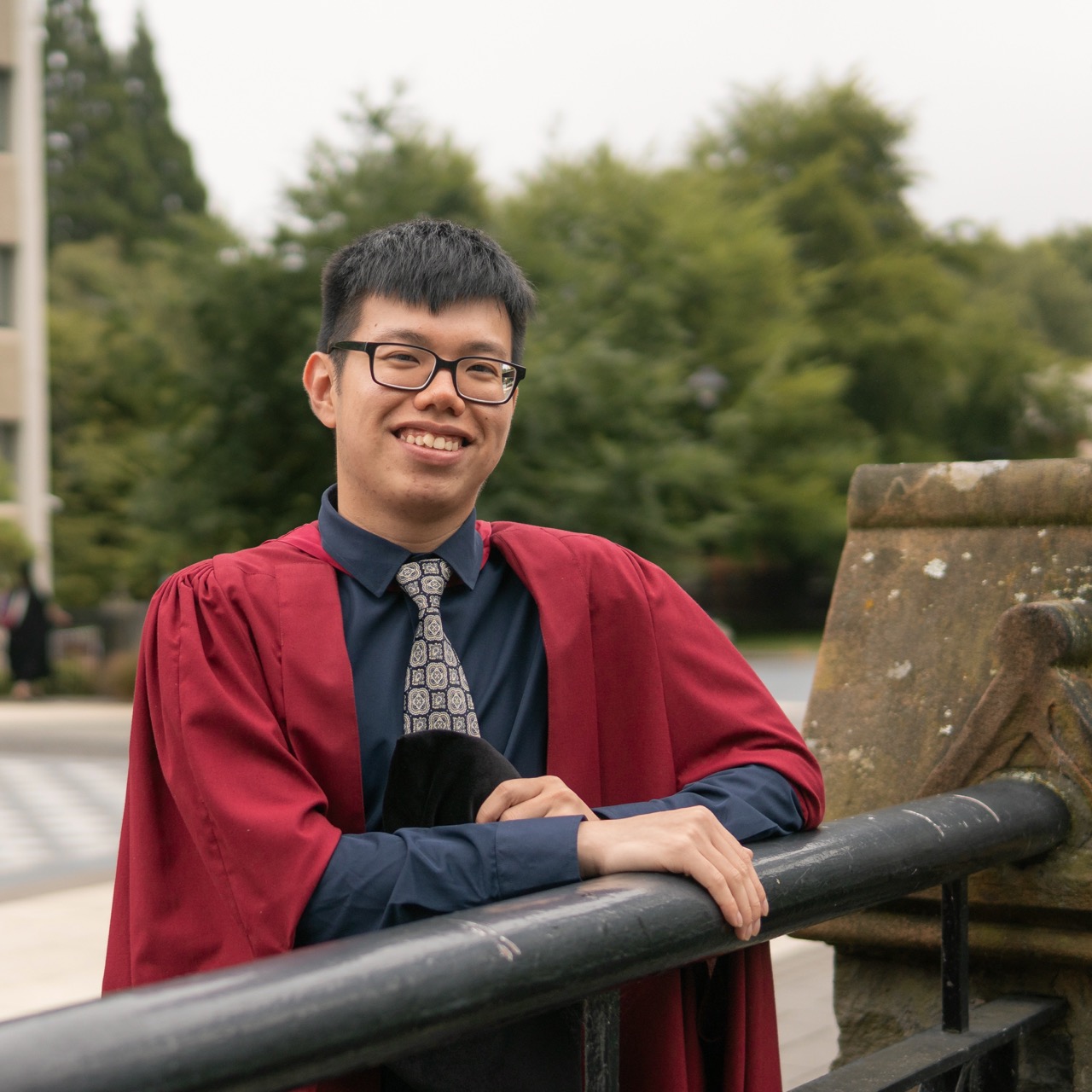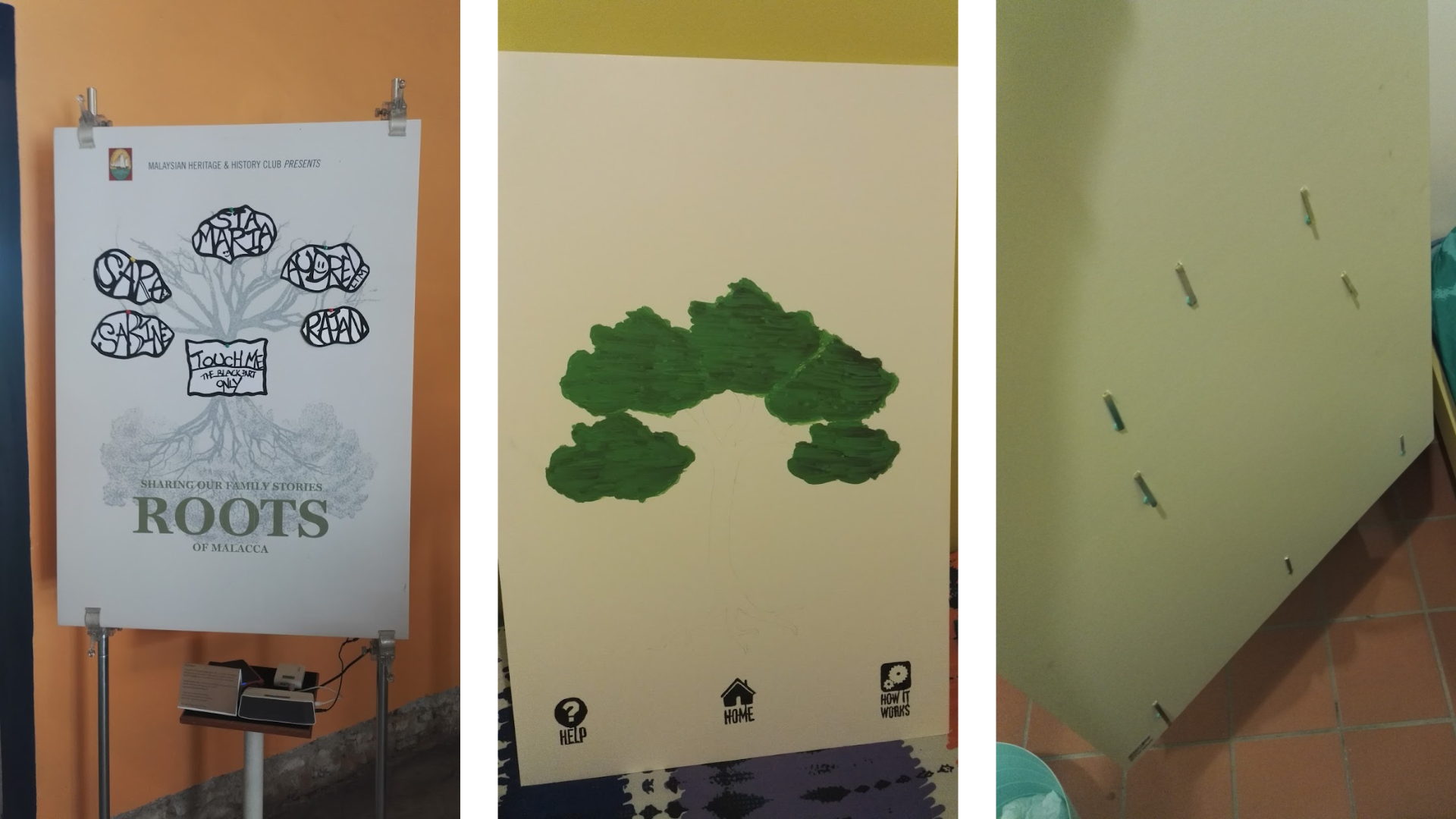My Academia Journey
PhD - AR/VR Visualization and UX
- University of Otago
- Graduated Dec 2022
BSc (Hons) Software Engineering
- University of Nottingham Malaysia Campus
- First Class Honours - Top Ranked in Class
- Best FYP Project

PhD Research
My PhD research is focused on creating an augmented reality experience for sports fans at the stadium, although my focus is on visualization and user experience. This would include data visualization, interaction, feasibility studies, and more. This innovative technology will allow fans to visualize data related to their favorite teams and players, while they watch the game in person. This interactive experience seeks to enhance fan engagement with their team and create a more immersive environment at the stadium.
The augmented reality system developed through my research will give fans unprecedented access to detailed stats, including player highlights and analysis of in-game performance. Through this technology, sports fans can enjoy a more personalized fan experience that will keep them engaged as they watch their favorite teams play. Furthermore, by providing an entertaining way for spectators to stay connected with the game, it is our goal to increase attendance at sporting events by making stadiums more exciting places for people of all ages and backgrounds.
Throughout my PhD, I developed 2 frameworks, one called the "3'C's Situated Visualization Design Guidelines" and the "Flexible XR Prototyping Framework". Both of these are findings from the experience I have obtained in developing sports AR. I also developed multiple prototypes, each with specific use-case in different medium, ranging from mobile phones to VR HMDs. I also conducted 4 user studies as part of my PhD, with a couple more as part of my research assistant job which I will detail in the projects section.
If you are interested in that research, feel free to read my PhD Thesis to get a better idea of what I have done, or visit the ARSpectator website. Embedded above is a quick video of the overall concept and a glimpse of the various prototypes developed.
Undergraduate Research
I graduated with my bachelor's degree from the University of Nottingham (Malaysia Campus) in 2017 with a first class honours in Software Engineering. It was during that time that I developed my interest in Human Computer Interaction (HCI). Shortly after graduating, I participated in an interview and got offered a job at Intel as a System-on-Chip design engineer, in which I declined as the field did not interest me. Since then I was working with my supervisor in the University of Nottingham on various projects focusing on UX, before finally pursuing my PhD in the Univeristy of Otago in Dunedin, New Zealand.
During my undergraduate studies, there were two large scale projects that I did, one as a group project, while the other was an individual project. The group project was in collaboration with an industry partner called Tentacle Technologies. They were a software engineering service provider offering product developement, research and developement, software engineering and testing, etc. At that time, we were working with them to create a job portal prototype. I was involved in the whole process from the requirement gathering phases where we interviewed the client, all the way to the development of the website prototype. Throughout the project, I've learn how to develop project plans, write the Systems Requirement Specifications document, define functional and non-functional requirements, create wireframe prototypes before finally developing and testing the web prototype we created. At that time, we were using an agile development methodology and I was the scrum master leading my team. Apart from the standard HTML, CSS and JS, we used Foundation 6 Framework for our frontend, PHP with CodeIgniter alongside MySQL for our backend and database.
The other big project I've done is the Final Year Project. This is a individual research project where I was assigned a supervisor, similar to a mini-scale PhD. My supervisor specialized in Human Computer Interaction (HCI), which kick started my passion for HCI and UX. For my project, I collaborated with the Baba Nyonya Heritage Museum in Malacca, one of the 14 states in Malaysia. The goal was to develop more interactive exhibits to attract visitors of the younger age group. At that time, my supervisor had some conductive paint from Bare Conductive. Hence, we decided to experiment with it and come up with a solution where we used conductive paint to create an interactive poster.
After some brainstorm sessions, we wanted to create an interactive exhibit that tell life stories of actual people from various background. We decided to use conductive paint to paint a A0-size poster and use calibrated projection to project visuals on-to the painted poster coherently with the content painted. The main challenge is to ensure the visuals were always coherent with the painted artwork. In the end, I painted a tree with multiple branches, with each branch representing a story to be told. This way, no matter what manipulation is done in the background the tree will still look in place.
Two iterations of prototype were developed after some storyboarding. The first iteration is a low-fidelity prototype featuring a printed tree with stuck on conductive paint-painted paper cutouts. Upon a trial run, I started development on a high-fidelity prototype using a polystrene board with a tree hand painted with conductive paint. I also designed graphic visualizations on Adobe Illustrator and edited some recorded voiceover. Both the prototypes featured the touchboard from Bare Conductive, a modified version of an Arduino to receive signals from the conductive paint.

Left: Low-fidelity Prototype. Center: Painted High-fidelity Prototype and Behind of Poster. Right: Video of Final Prototype.
Overall, I have had lots of fun developing engaging and interactive experiences for educational purposes. I believe that learning through playing is one of the best learning methods available which is both fun and functional.